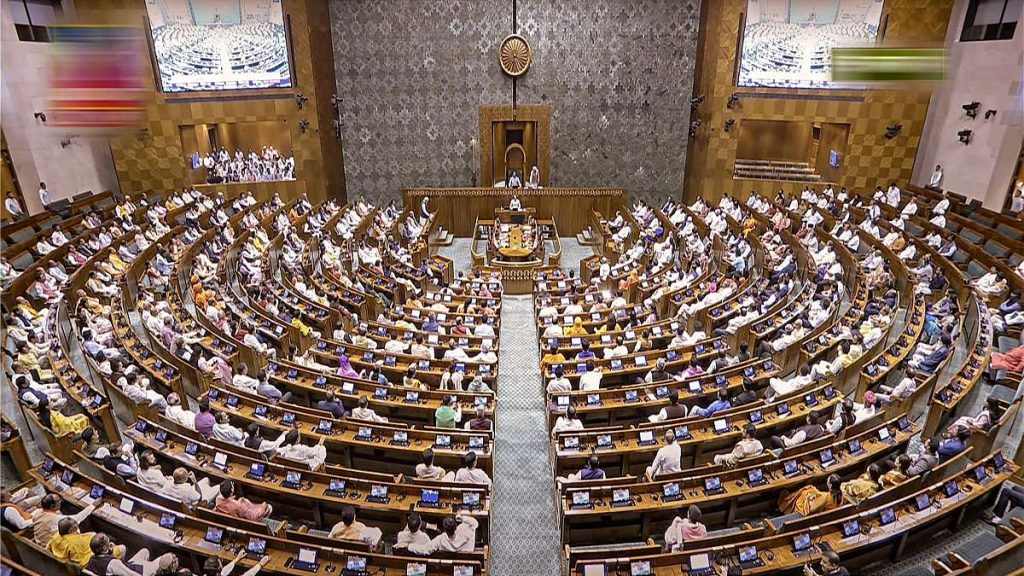By Tanya Maswaure
Women’s history may often feel ancient when we speak of it, but one might be surprised that it is still unfolding in front of our eyes. In a historic moment for women’s rights and political representation in India, the government led by Prime Minister Narendra Modi has reintroduced a bill to reserve one-third of seats in the lower house of parliament and state legislative assemblies for women. This move comes after decades of anticipation and opposition from various political parties. However, as general elections loom, analysts believe the bill’s prospects have significantly improved due to reduced opposition.
Indian Prime Minister Narendra Modi expressed his pride in presenting the bill, emphasizing the importance of women’s participation in India’s development. He underlined that although women have played significant roles in families and communities, their representation in government has fallen short. India’s move is in line with other countries, including Rwanda, which leads in global female representation in politics.
While the bill is celebrated as a step toward gender equality, opponents argue that it may primarily benefit educated and urban women, potentially sidelining the needs of rural women. They propose including a quota for women from disadvantaged areas within the overall quota for true gender balance. Hindi heartland parties have been a major obstacle to the bill’s passage over the years. Critics believe their opposition is driven by patriarchal concerns, fearing a loss of power with a third of seats reserved for women. However, their influence has waned, reducing expected resistance.
Sonia Gandhi, leader of the opposition Indian National Congress, welcomed the bill, emphasizing her party’s longstanding demand for its passage. Currently, women constitute nearly half of India’s registered voters, but their parliamentary representation is only 15 per cent, and in state legislatures, it’s merely 10 per cent, leaving India at the lower end of global gender parity lists. The Women’s Reservation Bill could significantly increase the number of women in the 542-seat lower house of Parliament, from the current 82 members to at least 181. Tarushikha Sarvesh, a women’s studies professor, supports the bill but emphasizes the need to consider diverse perspectives and concerns of women in its drafting.
“Typically, achieving a critical mass of 30 per cent representation by women in Parliament is known to yield positive outcomes for women’s empowerment,” noted Susan Ferguson, UN Women’s India Country Representative. Chhattisgarh leads state legislative assemblies with 18 per cent female representation, while states like Himachal Pradesh have only one-woman legislator, and Mizoram has none.
India’s historic step in passing the Women’s Reservation Bill sends a resounding message to the world that gender equality is vital and attainable. This legislation marks a significant leap towards inclusive governance and equal representation, ensuring women have a prominent voice in shaping the nation’s future. As India writes this historic moment into its books, the nation anticipates a future where women play a more significant role in shaping the destiny of the nation.





Comments are closed.